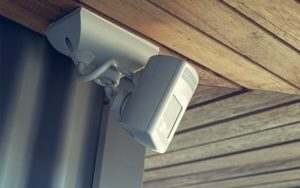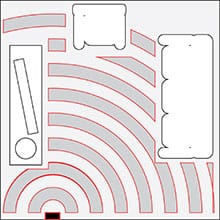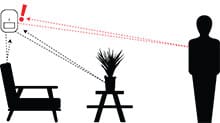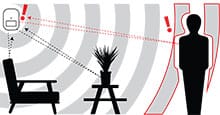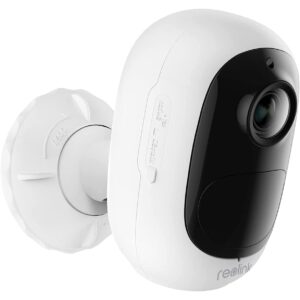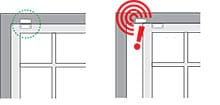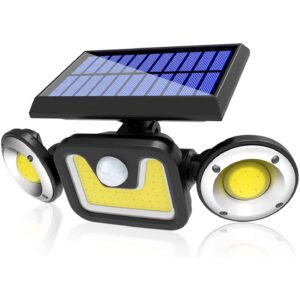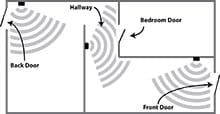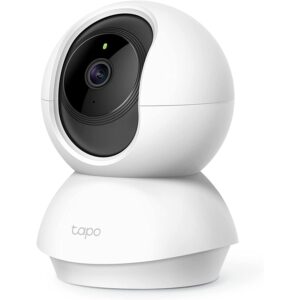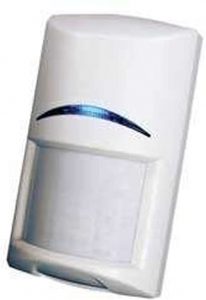A motion sensor (or motion detector) is the linchpin of your security system because it detects when someone is in your home when they shouldn’t be. A motion sensor uses one or multiple technologies to detect movement in an area.
If you've got a professional home security system, when a sensor detects motion, it sends a signal to your system’s control panel and to the professional monitoring centre, indicating a potential threat in your home.
